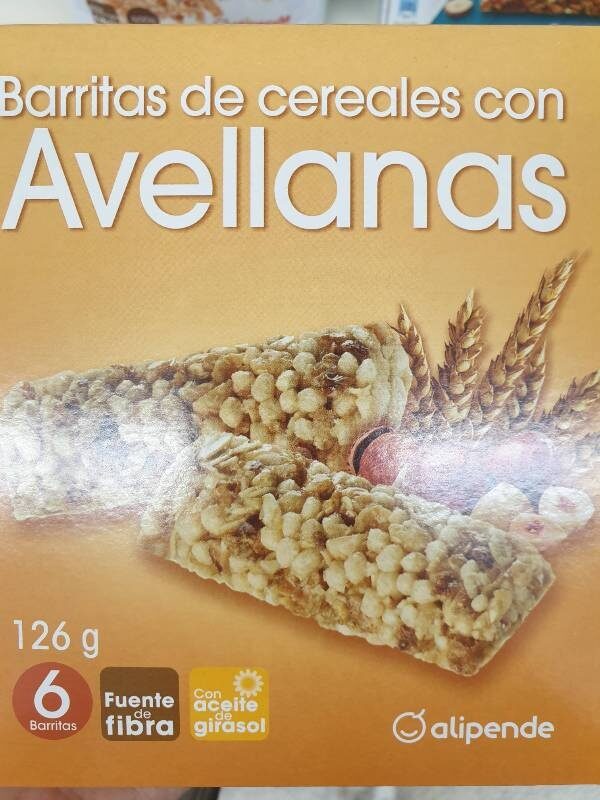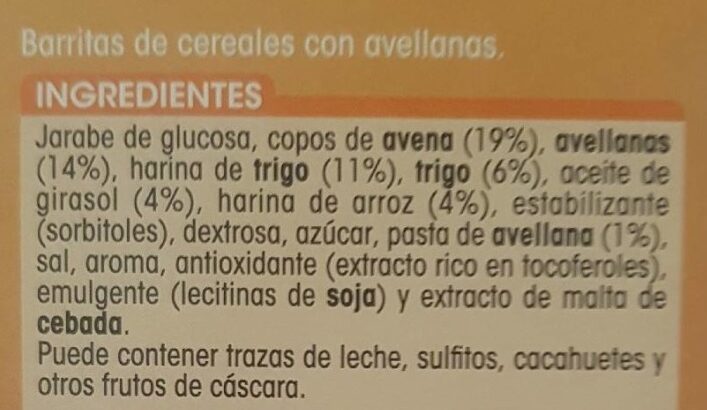Barritas de cereales con avellanas - Alipende
This product page is not complete. You can help to complete it by editing it and adding more data from the photos we have, or by taking more photos using the app for Android or iPhone/iPad. Thank you!
×
Barra-kodea: 8421691376946 (EAN / EAN-13)
Markak: Alipende
Kategoriak: en:Snacks, en:Sweet snacks, en:Bars, en:Cereal bars, en:Nuts cereal bars, en:Cereal bar with almonds or hazelnuts, en:Cereal bar with hazelnuts
Etiketak, ziurtagiriak, sariak: Source of fibre
Saltzen diren herrialdeak: Espainia
Matching with your preferences
Ingurumena
Carbon footprint
Ontziratzea
Transportation
Report a problem
Datuen iturria
Product added on by elcoco
Last edit of product page on by 5m4u9.
Produktuaren orria -gatik editatua acuario, elcoco.1d1e43a4a5ec2a15213a2db2a9f8d883, kiliweb, moon-rabbit, teolemon, yuka.YmJBNE5QVXR2NllNdnZFZjNnSHQ2c3RjemNIMGYzKzlETFVESWc9PQ.
If the data is incomplete or incorrect, you can complete or correct it by editing this page.










